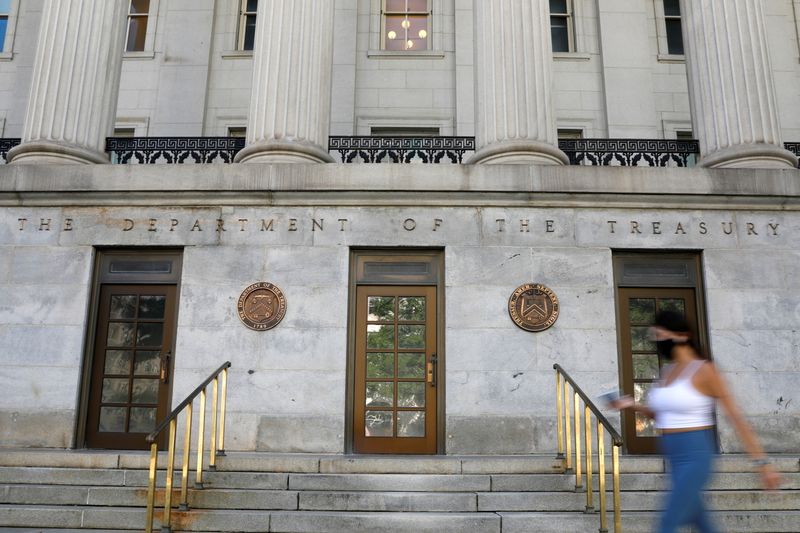Goldman Sachs (NYSE:GS) analysts said in a note that they now project a debt-to-GDP ratio of 130% by 2034, a significant increase from their previous forecast of 97%.
This shift reflects a more challenging fiscal environment over the past five years, characterized by a persistent primary deficit—excluding interest costs—approximately 5% of GDP wider than historical norms during full employment periods.
The debt-to-GDP ratio has already increased by 19 percentage points to 98% and Goldman Sachs says it is on track to surpass its post-World War II peak.
They add that compounding the issue, interest rates on new Treasury debt have roughly doubled, exacerbating the trajectory of both the debt-to-GDP ratio and real interest expenses as a share of GDP.
Goldman Sachs' updated projections consider long-term forecasts for average interest rates on government debt, nominal GDP growth, and primary deficits outside of recessions.
Their analysis shows that the debt-to-GDP ratio is highly sensitive to the differential between interest rates and GDP growth (r-g). They assume an r-g differential of -0.25 percentage points, in line with historical averages outside high inflation periods.
The bank explains that historically, large reductions in debt-to-GDP ratios have been achieved through various means, including sustained fiscal surpluses, favorable r-g differentials, high inflation, and financial repression.
However, current US conditions show little political momentum for deficit reduction, raising concerns about the sustainability of the fiscal trajectory and the potential need for historically rare fiscal surpluses to stabilize the debt.
Feel ready to dive into details and start finding interesting stocks to invest? Try our AI supported solution InvestingPro today!
Get an extra 10% discount by applying the code UK10 on our 1&2 year plans. Don't wait any longer!
